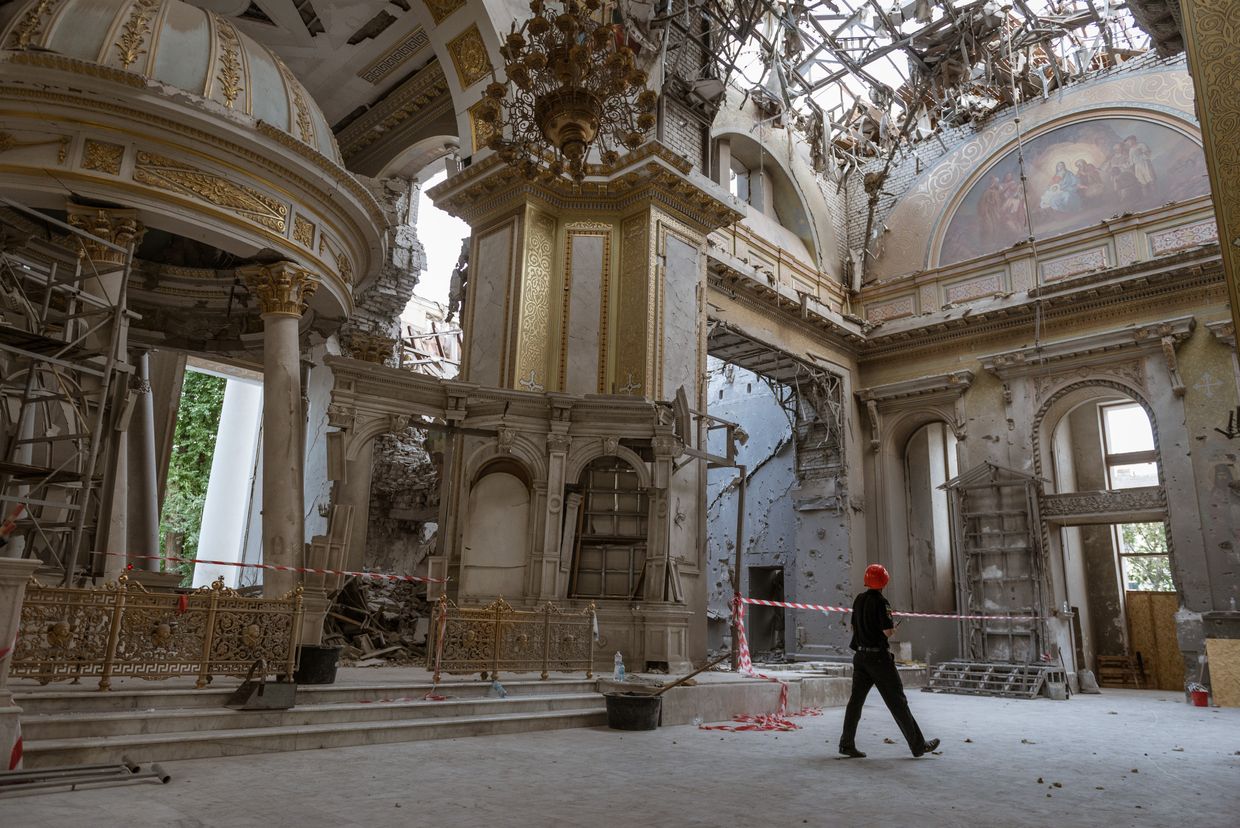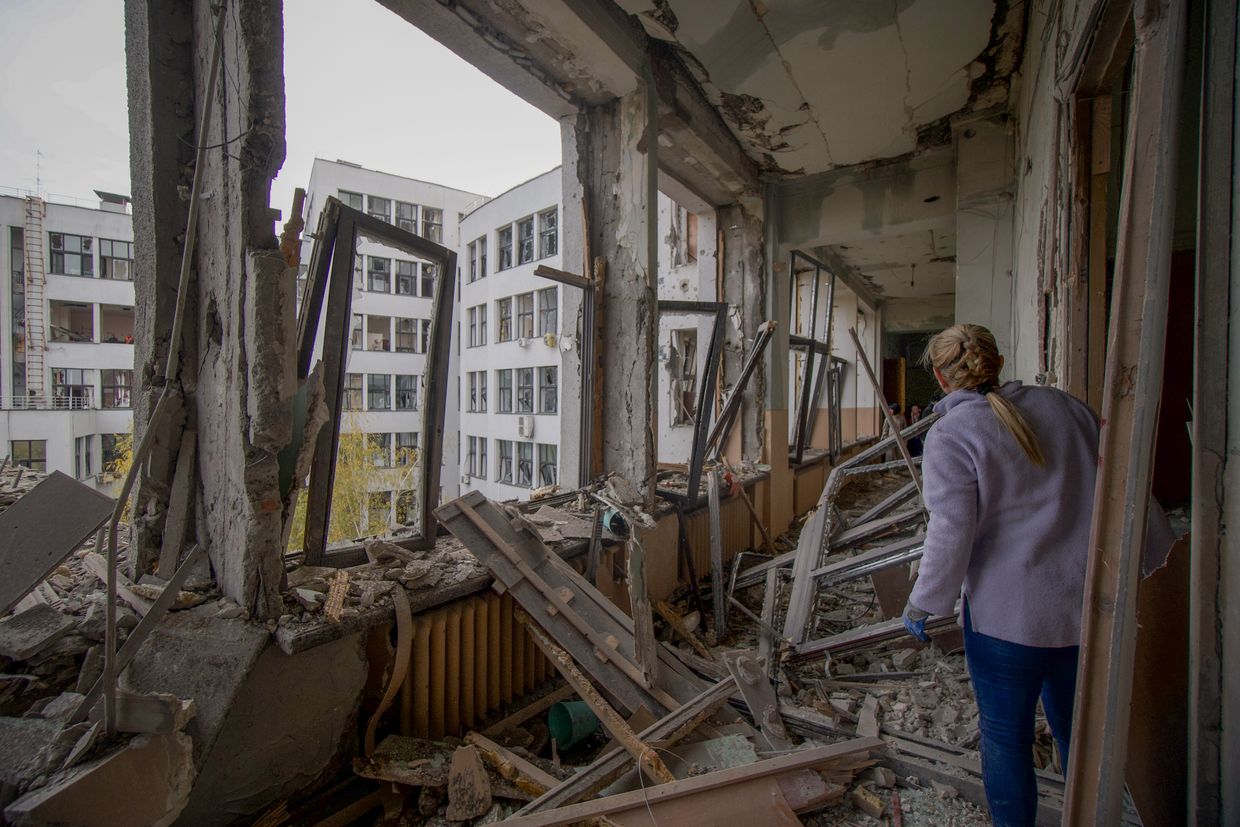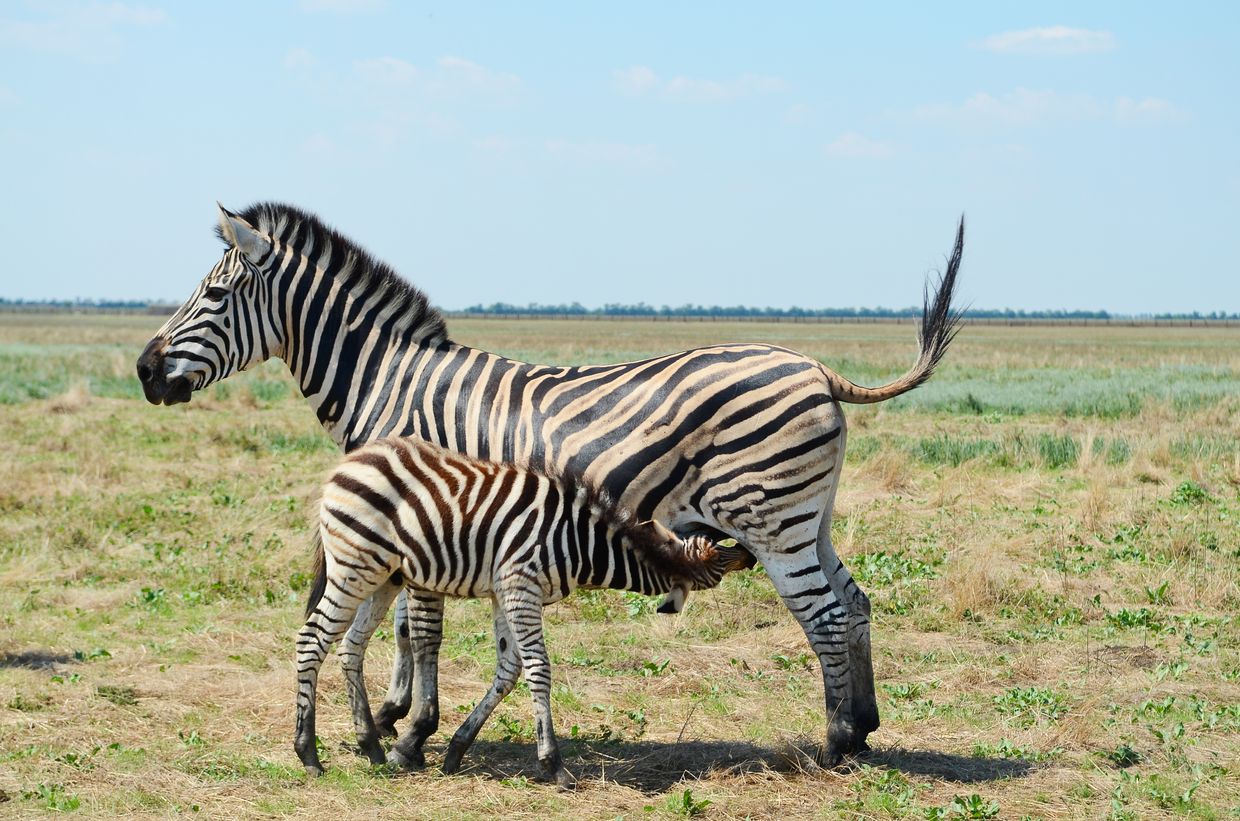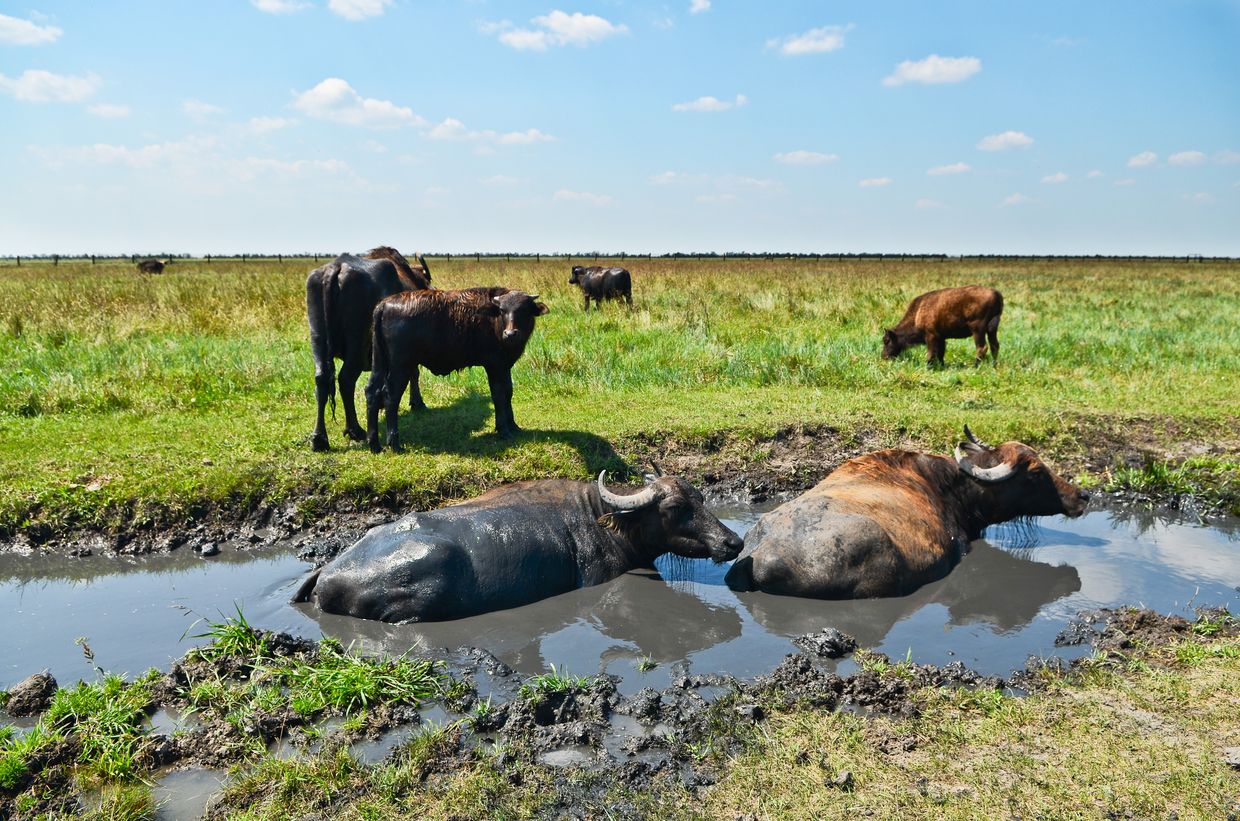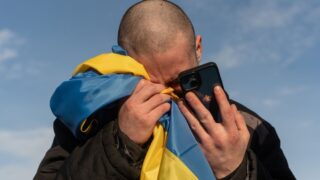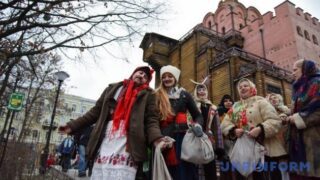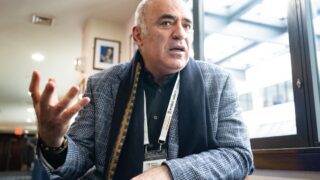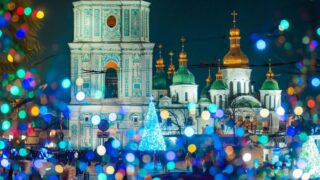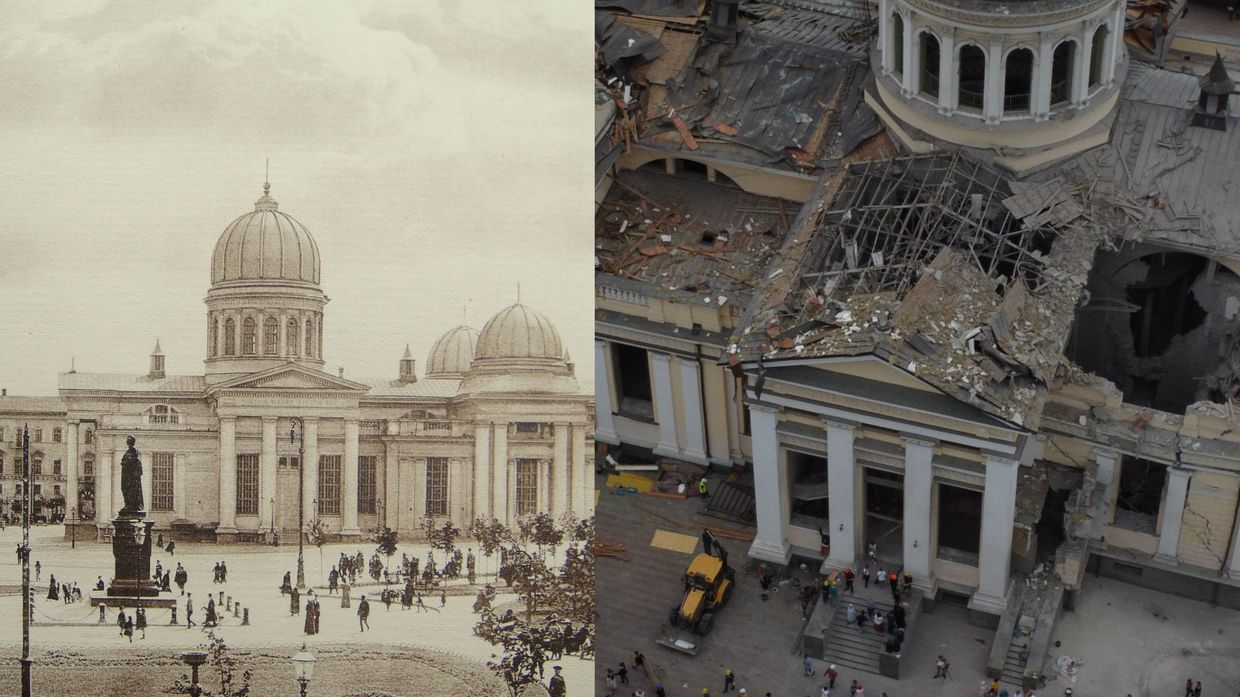
Russia seeks to obliviate Ukrainian heritage by demolishing UNESCO-protected sites
Since the beginning of the full-scale invasion, Russia has destroyed over 1,000 cultural heritage sites in Ukraine, including those under the protection of UNESCO, according to the Culture Ministry.
Moscow destroys cultural monuments not only with missile or drone strikes. Several historical monuments are under occupation, where Russian occupation authorties carry out so-called restorations, changing the authentic appearance of sites or destroying them completely, erasing all possible references to Ukrainian or Crimean Tatar culture.
As of Oct. 16, UNESCO confirmed the damage to 457 sites, including 143 religious sites, 231 buildings of historical or artistic interest, 32 museums, 33 monuments, 17 libraries, and one archive.
"It's not only the killing of children, elderly people, or soldiers, not only the occupation of our land and expropriation of our assets, but the destruction of our cultural heritage and built environment and immovable heritage," Jenia Gubkina, a Ukrainian architect and architectural historian from Kharkiv, told the Kyiv Independent.
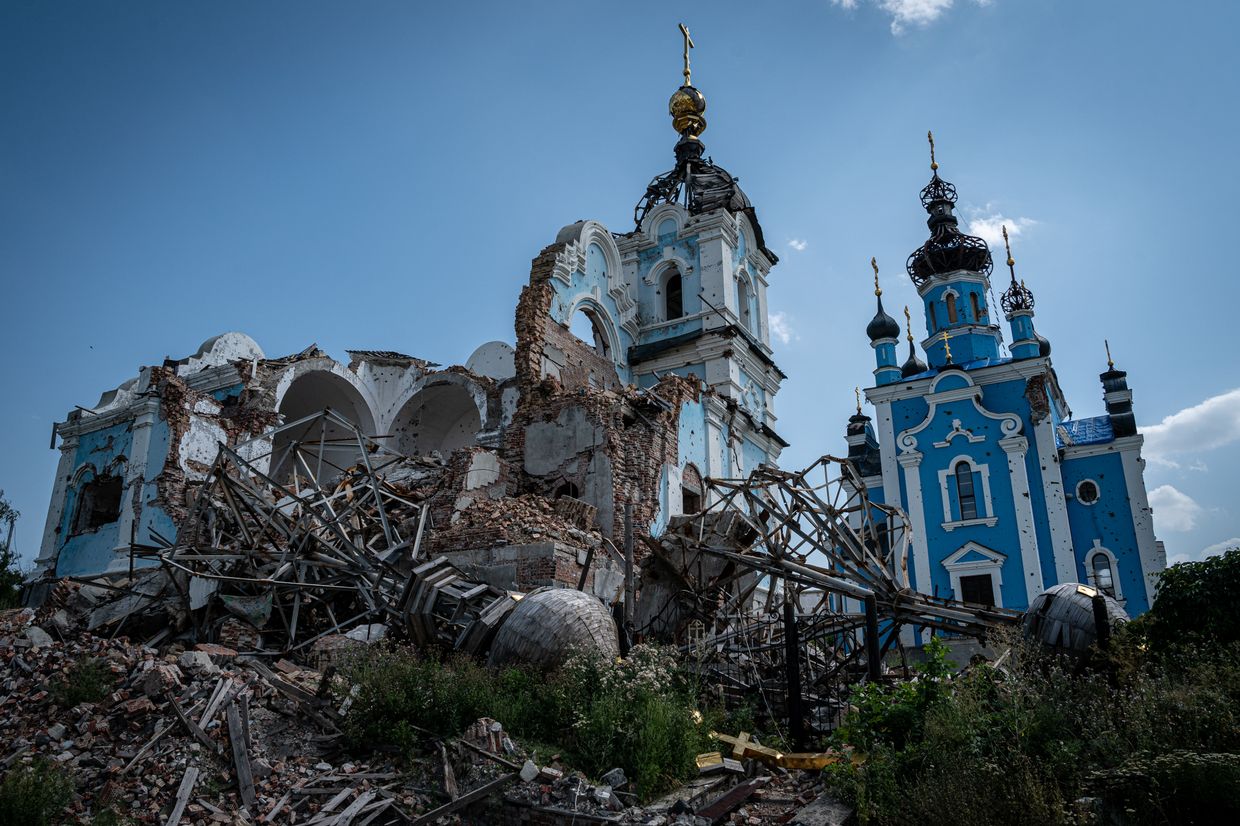

Lviv Old Town
Lviv, a city in Ukraine's west known for its splendid architecture, lies just about 70 kilometers (approximately 43 miles) east of the Polish border and has become a relative safe haven for internally displaced Ukrainians.
Yet, Lviv saw a number of Russian drone and missile attacks, with at least two strikes damaging buildings located in the city’s historic area and the UNESCO buffer zone.
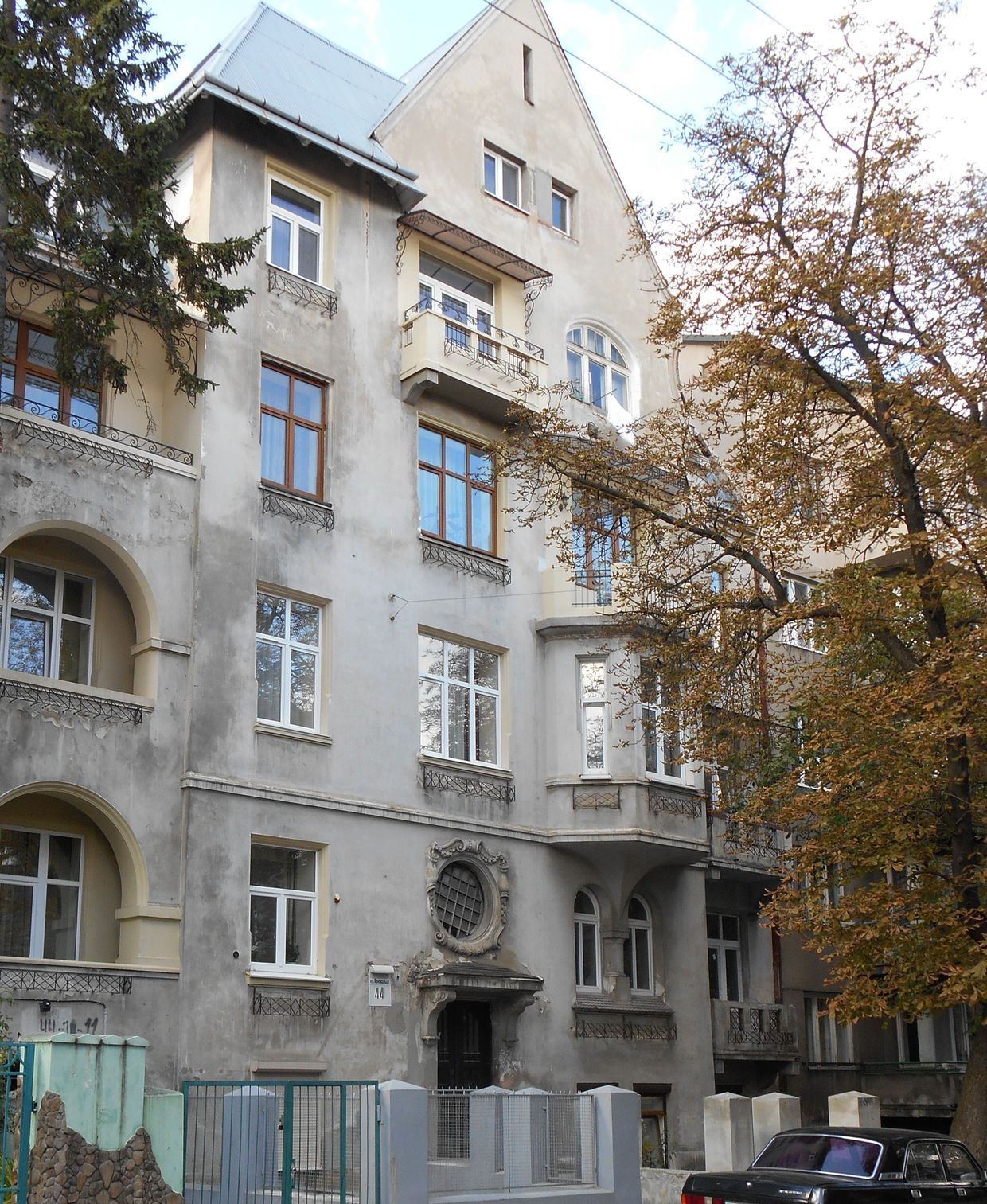



In early September, Russia struck Konovaltsia Street, which hosts buildings dating back to the late XIX-early XX century.
One of the residential buildings hit by a Russian Kinzhal ballistic missile was home to the Bazylevych family, a husband and wife and their three daughters.
The attack killed six people, including six-year-old Emilia Bazylevych along with her 43-year-old mother, Yevhenia, and two sisters, 21-year-old Daria and Yaryna, aged 18 and 21. Only their father, Yaroslav, survived.
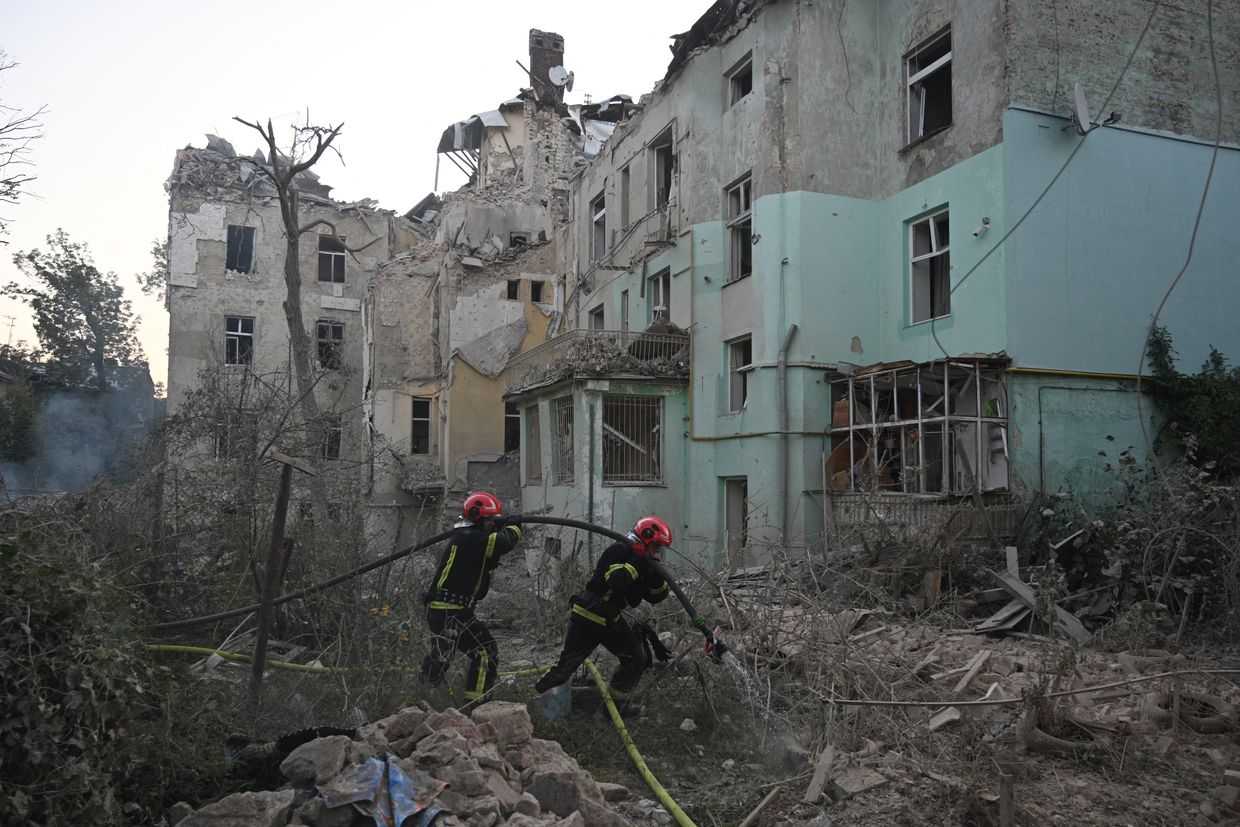

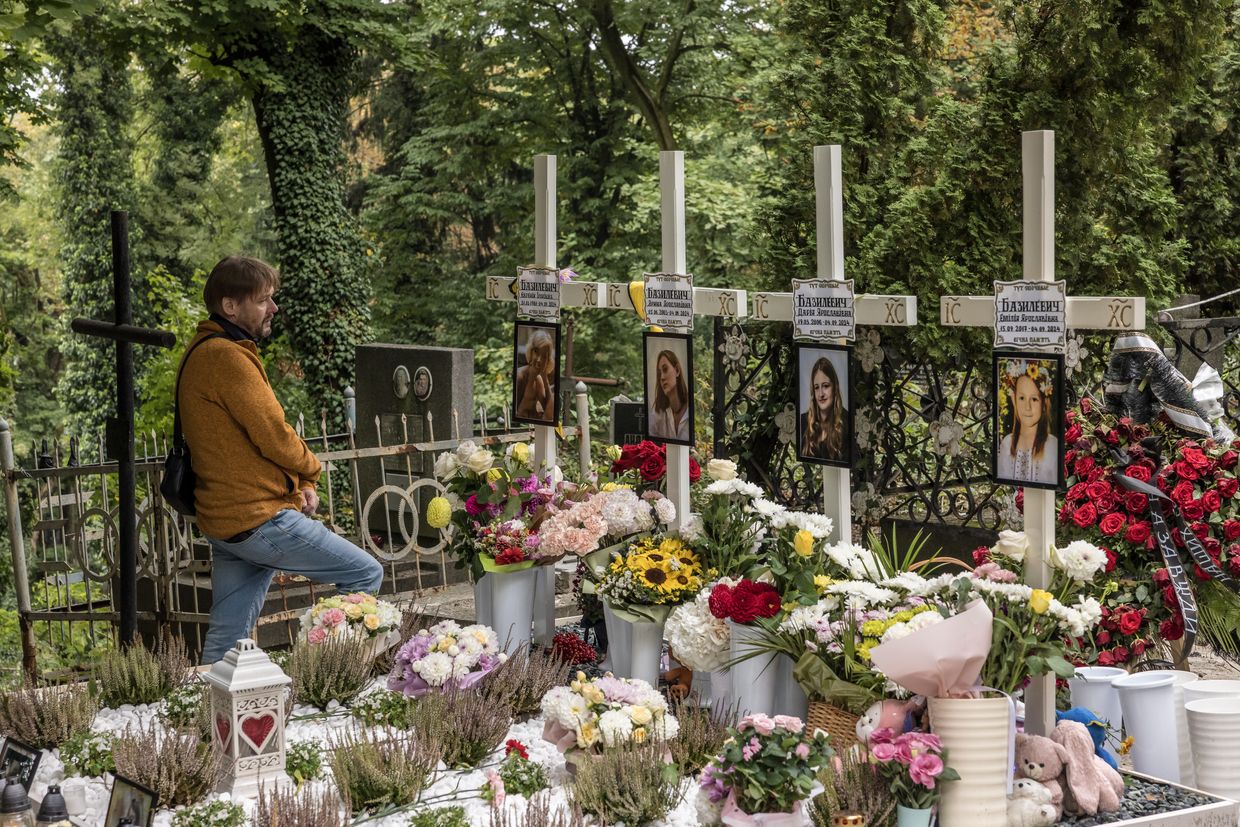

Transfiguration Cathedral in Odesa
The historical center of the southern city of Odesa was named a UNESCO World Heritage Site in January 2023. In July of that year, a Russian missile strike damaged more than 20 architectural monuments in this part of the city and heavily damaged the Transfiguration Cathedral.
One person was killed and at least 22 injured, according to local authorities.
The Transfiguration Cathedral, Odesa's foremost Orthodox church, was built in 1794. The Soviet regime destroyed the original building in 1936, and the new cathedral was built in the early 2000s.
Italy and UNESCO signed an agreement under which Rome allocated 500,000 euros (about $542,000) for the restoration of the cathedral in Odesa.


The ancient city of Chersonesus
A number of Ukrainian cultural heritage sites have been in peril since Russia’s invasion in 2014.
Over the years, Russia has excavated huge areas in occupied Crimea and appropriated the found artifacts. It also demolished several cultural heritage sites that have been around.




Russia has partially destroyed the city of Chersonesus, an ancient Greek colony founded over 2,500 years ago, located within the city limits of occupied Sevastopol. The ancient city of Tauric Chersonesus were added to the UNESCO World Heritage list in 2013.
Throughout Russia's occupation, the original sights were replaced with new buildings.


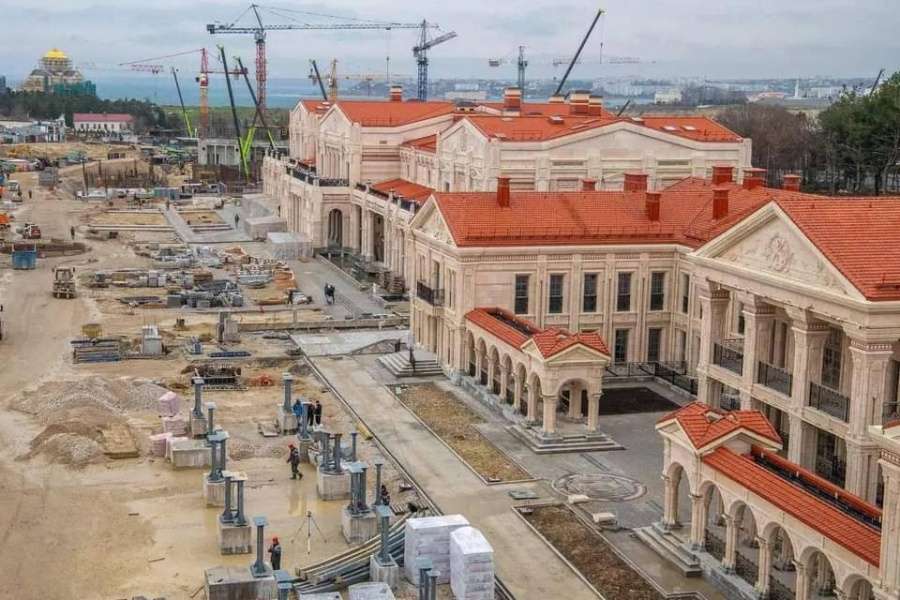

Derzhprom in Kharkiv
Derzhprom, or the State Industry House, is the latest cultural site attacked by Russia.
An iconic 13-story building is located in the very heart of Kharkiv, Ukraine's second-largest city, and was hit by a guided aerial bomb on the evening of Oct. 28. The site was first damaged during a Russian attack in early January.


Completed in 1928, Derzhprom was one of the first skyscrapers built in Eastern Europe and is internationally renowned for its constructivist design using reinforced concrete and glass.
In 2017, Derzhprom was added to UNESCO's preliminary list, and after Russia's full-scale invasion, was placed under provisional enhanced UNESCO protection.
"It is the city's hallmark, so we will officially apply to UNESCO (to help recover the building). Our international department is working to get this process started," Kharkiv Mayor Ihor Terekhov said.
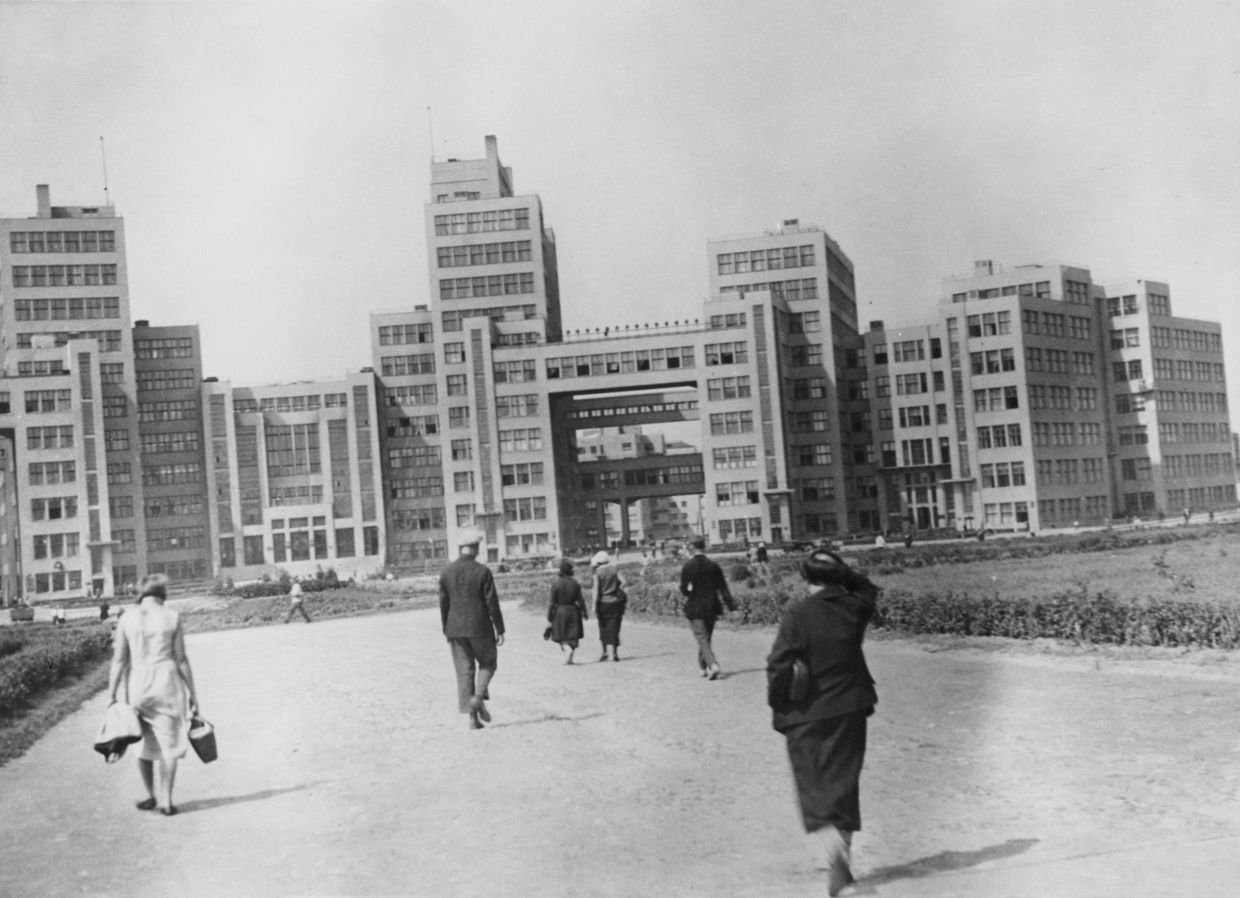

Biosphere reserve Askania-Nova
The nature reserve was founded in 1898 and has been under Russian occupation since the beginning of the full-scale invasion. Askania-Nova in the Kakhovka district of Kherson Oblast is a member of the UNESCO Man and the Biosphere Program, and its area is 333.08 square kilometers (128.6 square miles).
The reserve was home to 3,500 animal species before the start of the all-out war. Before the all-out war, Askania-Nova was visited by about 150,000 tourists a year.
Ukraine is currently unable to monitor the territory of the facility and take care of the animals, some of which have already been illegally transported to Russia and the Russian-occupied Crimea. The Russian military also hunts rare species, according to reserve's director, Viktor Shapoval.
"Firstly, some species are kept in small enclosures and require daily care. Secondly, there are heat-loving animals that are moved to winter quarters for the winter. It is clear that without proper support, these animals are simply doomed to die," Shapoval said.






Bakhchysarai Palace
The Bakhchysarai Palace or Khan's Palace, listed on the UNESCO Tentative World Heritage List, is the only preserved example of Crimean Tatar palace architecture worldwide. It was the main residence of Crimean khans, the leaders of the Crimean Khanate (1441–1783), and the state's administrative and political center from the the mid 16th century.
The palace in Bakhchysarai is a unique Crimean Tatar architectural monument.
Russian forces had been destroying the Khan's palace in Bakhchysarai, calling it "repair and restoration work," former director of the Bakhchysarai Historical and Cultural Reserve Elmira Ablialimova told Ukrinform in January 2023.
The monument had undergone "irreversible changes," and Russians were carrying out repair and restoration work even where there was no need, Ablialimova said.
As a result of the actions of the Russian proxies, the roof of the Khan's Mosque was dismantled, causing severe damage to the building and destroying its authentic appearance. The frescoed walls and stained glass windows were also damaged, and a huge crack appeared on the wall of the Secular Building of the Khan's Palace due to violations of restoration requirements, according to the Ukrainian Institute.
For years, Russia has blocked all appeals and attempts by Ukrainian authorities and activists to allow specialists and the UNESCO monitoring mission to participate in the restoration.
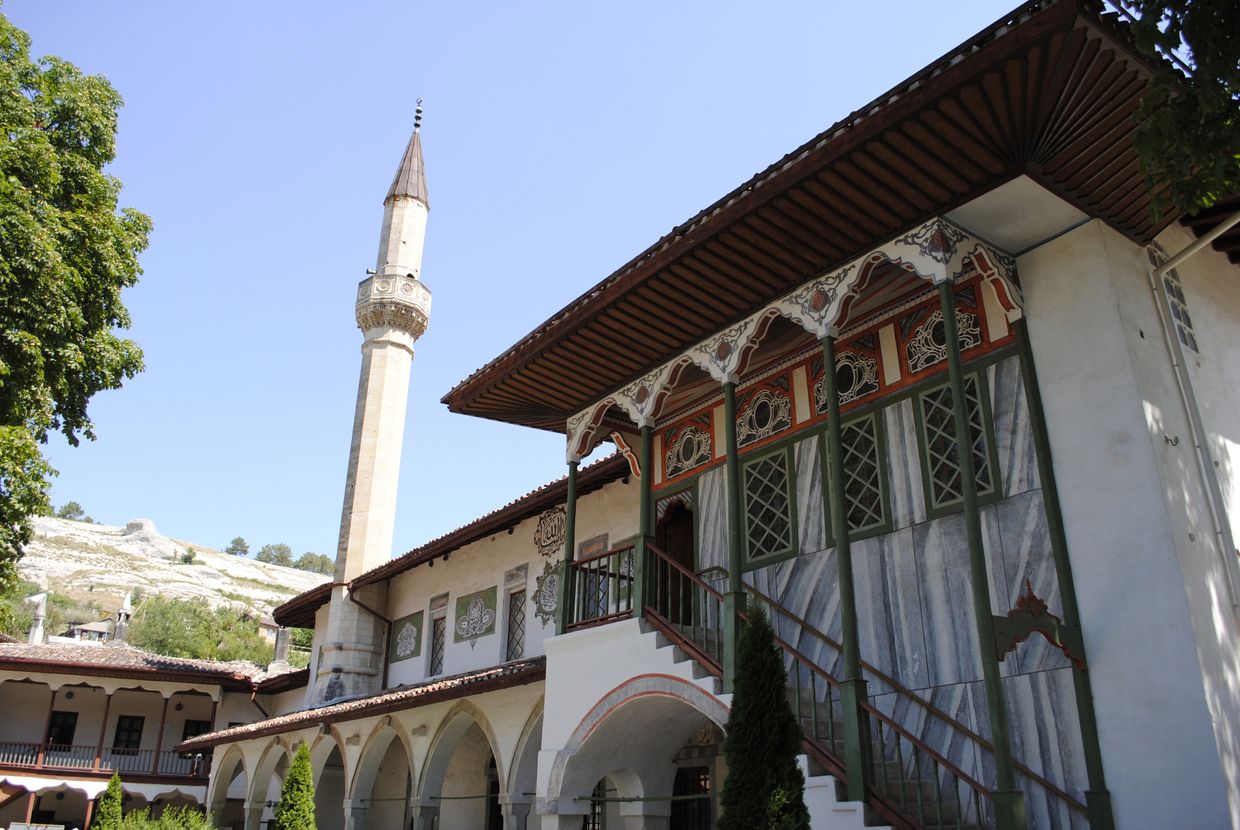

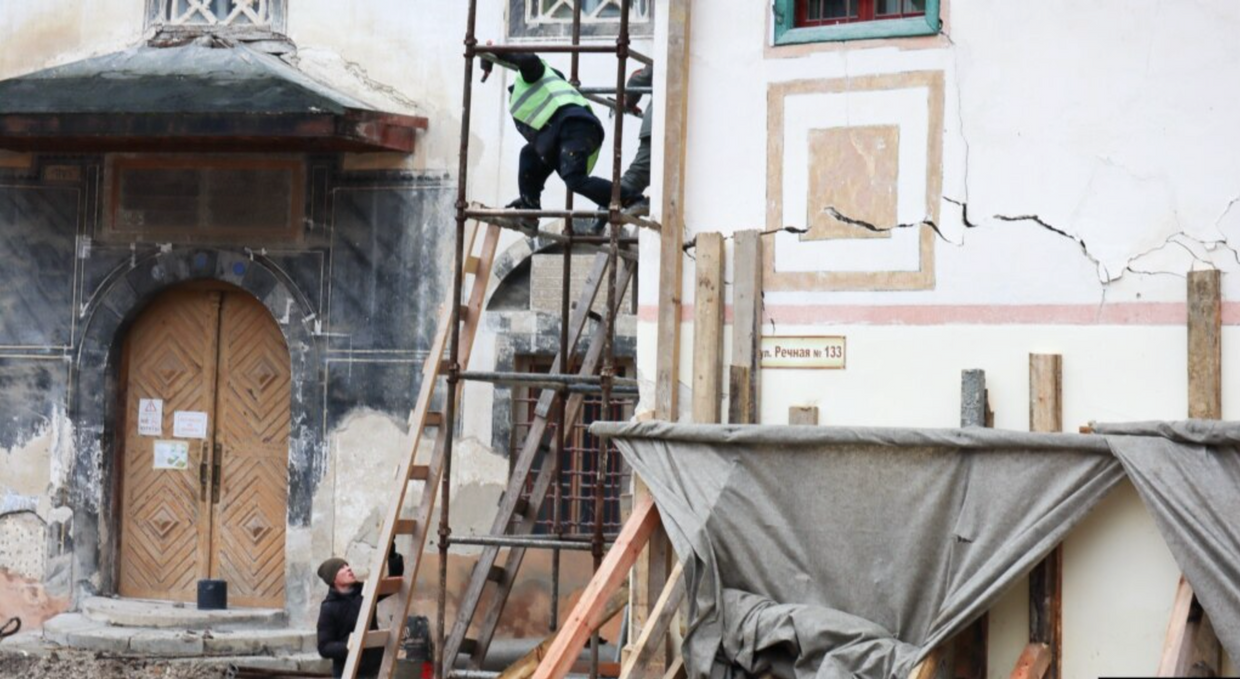

Sviatohirsk Cave Monastery
Lorem ipsum dolor sit amet, consectetur adipiscing elit, sed do eiusmod tempor incididunt ut labore et dolore magna aliqua. Ut enim ad minim veniam, quis nostrud exercitation ullamco laboris nisi ut aliquip ex ea commodo consequat. Duis aute irure dolor in reprehenderit in voluptate velit esse cillum dolore eu fugiat nulla pariatur. Excepteur sint occaecat cupidatat non proident, sunt in culpa qui officia deserunt mollit anim id est laborum.
Lorem ipsum dolor sit amet, consectetur adipiscing elit, sed do eiusmod tempor incididunt ut labore et dolore magna aliqua. Ut enim ad minim veniam, quis nostrud exercitation ullamco laboris nisi ut aliquip ex ea commodo consequat. Duis aute irure dolor in reprehenderit in voluptate velit esse cillum dolore eu fugiat nulla pariatur. Excepteur sint occaecat cupidatat non proident, sunt in culpa qui officia deserunt mollit anim id est laborum.




Sign up for our newsletter


The Genoese fortress
The Genoese fortress in occupied Sudak, Crimea, like the Khan's Palace, has been under Russian occupation since 2014.
The construction of the Genoese fortress, which is on the UNESCO Tentative World Heritage List and is part of the National Reserve "Sophia of Kyiv," lasted about a hundred years, from 1371 to 1469. The fortress stands on a 157-meter-high mountain called Kyz-Kule-Burun, an ancient fossilized coral reef. Due to its location, the fortress is almost unassailable.
In November 2015, a part of the ancient tower of the Genoese fortress collapsed, a local media QHA reported, citing its undisclosed source close to the committee for the protection of the cultural heritage of the Russian-occupied Crimea.
The alleged reason for the destruction is that Russian occupation authorities were building hotels and toilets on the territory of the site.
Nelia Kukovalska, director general of the National Reserve "Sophia of Kyiv," told Crimea.Realities, a project of Radio Free Europe/Radio Liberty, in May 2019 that the Genoese fortress was also at risk of landslides.
"Since the annexation of the peninsula, illegal and unprofessional work has been carried out at the site, and no one is monitoring the landslide situation… We observe an increase in seismic activity there, and there is a danger," Kukovalska said.


Introducing official
merch from the Kyiv Independent
const eshopBannerv3Btn = document.getElementById(“snippet__officialMerchV1_button”);
eshopBannerv3Btn.addEventListener(“click”, () => {
window.dataLayer?.push({
event: `InternalLinkClick`,
element_category: “Banner e-shop”,
element_name: “Special article snippet”,
target_url: “https://store.kyivindependent.com/”,
target_text: “Shop now”,
});
window.open(“https://store.kyivindependent.com/”, “_blank”);
});



